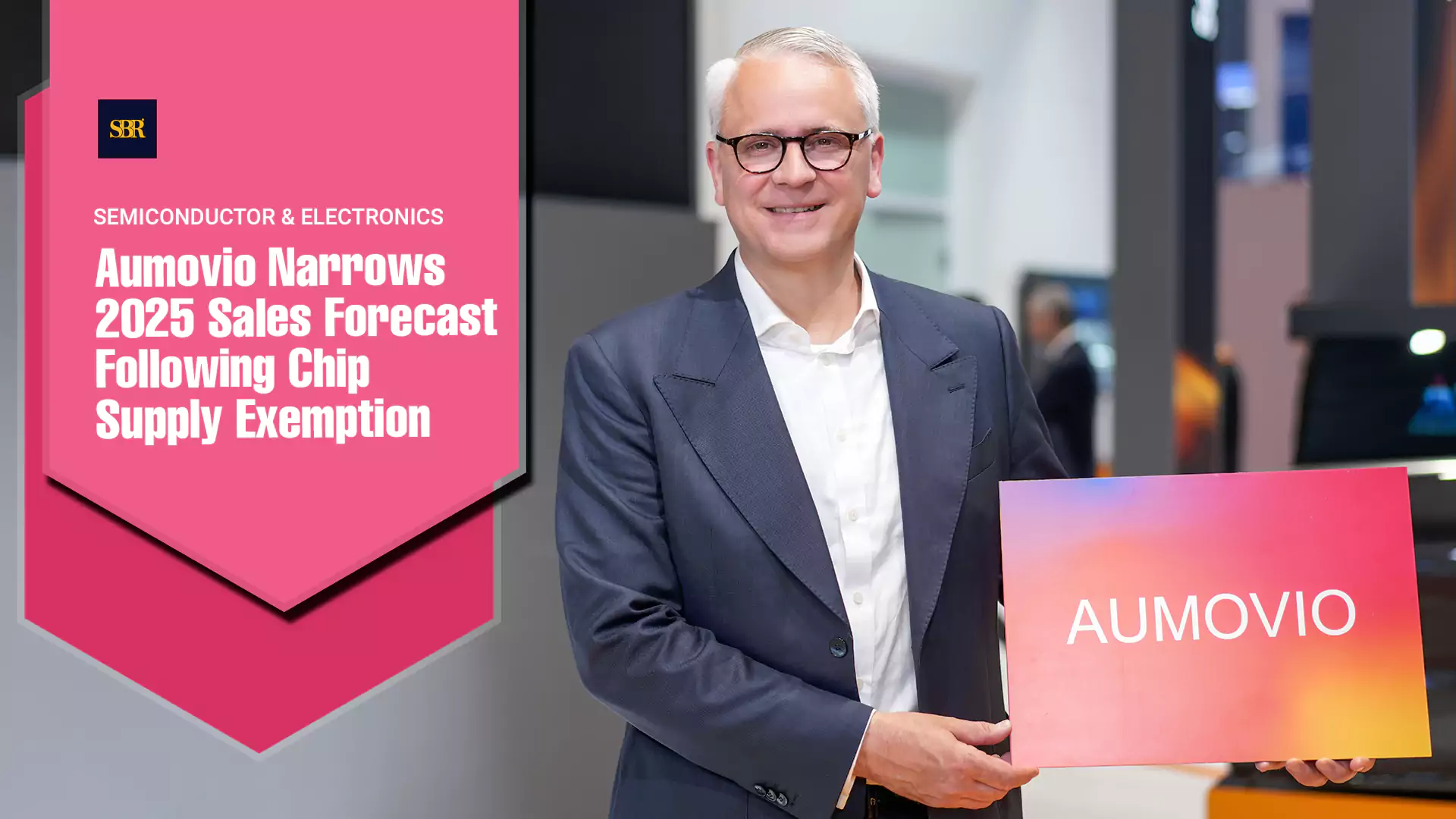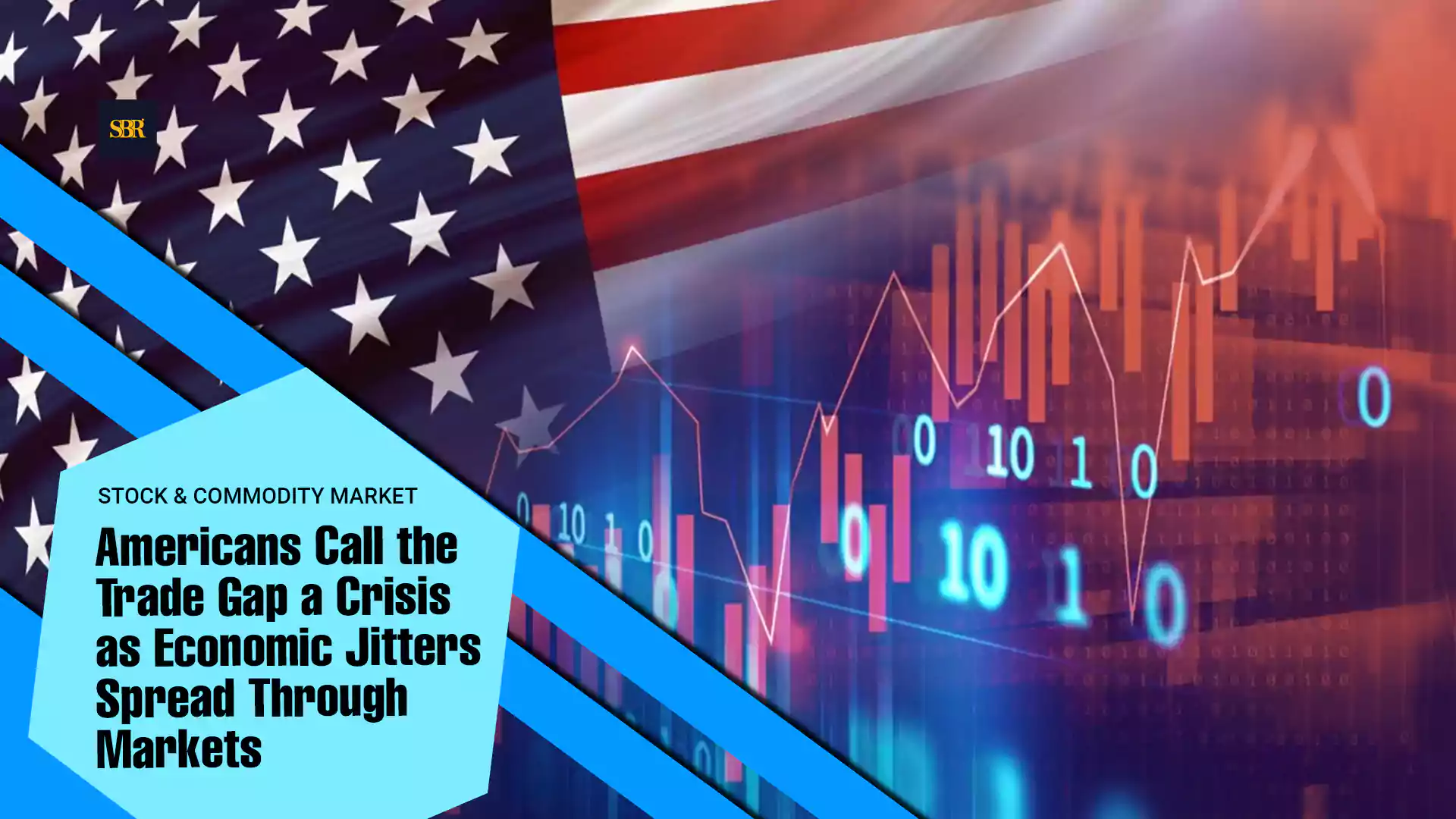Digital Shelf Monitoring Fixes What Retail Can’t Afford to Miss
Retailers are under pressure to keep shelves stocked, accurate, and ready for every shopper. Digital shelf monitoring tools step in where manual checks fall short, helping stores catch errors before they become costly.

Representational Photo
ANALYSIS, June 6, 2025 — Walk into any supermarket and you will see thousands of products arranged with precision. At least, that’s the goal. But even in the most organized stores, there are gaps. A missing box of cereal. An empty spot where toothpaste should be. These gaps cost money. And until recently, no one was paying close enough attention.
Shelf monitoring, a part of the broader RetailTech wave, is changing that. With a mix of cameras, sensors, and software, stores are finally gaining visibility into what’s actually happening on their shelves. Not in theory. Not on last week’s inventory report. But in real time.
This isn’t about flashy tech for the sake of it. It’s about basic accountability. Knowing whether a product is where it should be, when it should be there. That kind of certainty wasn’t always possible. Now, more retailers are seeing why it matters.
The Problem with Empty Shelves
Empty shelves hurt sales. That sounds obvious, but the ripple effect is bigger than most realize. If a product is out of stock, the shopper often leaves without buying a substitute. Or worse, they head to a competitor. Over time, that erodes trust. A customer who can't count on a store to have what they need is less likely to return.
Retailers have tried to solve this with better forecasting and warehouse coordination. But that doesn’t account for in-store realities. Stock might arrive at the building, but it doesn’t always make it onto the shelf. Staff shortages, misplaced items, and bad data all contribute.
Shelf monitoring addresses the last mile of the inventory chain. It answers a simple question: is the product actually available to the shopper? For years, the answer was based on assumptions. Now, it can be backed by evidence.
How Shelf Monitoring Works
Modern shelf monitoring combines computer vision, in-store sensors, and machine learning. Small cameras scan shelves throughout the day. Algorithms compare what’s seen with what’s expected. If there’s a mismatch, it flags the issue.
That information is sent to store staff, often through mobile alerts or a central dashboard. They know which aisle needs attention, what’s missing, and how long it’s been gone. Some systems even recommend which products to restock first, based on sales trends and inventory levels.
It’s a big shift from traditional audits. No more clipboard checks or overnight restocking plans based on guesswork. Instead, stores can react in near real time.
People Still Matter
Despite the automation, shelf monitoring isn’t replacing workers. It’s helping them focus. Rather than wandering the store looking for what needs restocking, staff can go straight to the problem areas.
It also helps managers set priorities. Some stores report a 15% improvement in restocking speed after adopting shelf monitoring. Not because employees worked harder, but because they stopped wasting time on areas that didn’t need attention.
Store teams still need to lift the boxes, stock the shelves, and deal with customers. Shelf monitoring simply makes their work more targeted and efficient.
Retailers Get Serious About Accuracy
Retailers are under more pressure than ever to cut waste and deliver consistent experiences. That means having the right product in the right place at the right time. Shelf monitoring supports that goal without adding layers of complexity.
For example, one national drugstore chain rolled out shelf cameras in 50 locations. Within three months, they cut out-of-stock rates by 20% on key items. Their biggest gains came not from fixing supply chains, but from correcting shelf-level issues they hadn’t seen before.
In another case, a mid-size grocery group found that nearly one-third of reported “out-of-stock” items were actually in the store. They just weren’t on the shelf. The inventory was in the back room or mis-shelved a few aisles away. Shelf monitoring helped identify those blind spots.
Not Just for Big Chains
While large retailers were the early adopters, smaller businesses are starting to see the value. Cloud-based systems with flexible pricing models make it possible for independent stores to try shelf monitoring without a massive upfront investment.
Some startups offer mobile phone-based shelf scanning tools. Staff can walk the aisle and use their phones to capture shelf images. The software does the rest. It’s not as fast as automated cameras, but it’s far better than nothing.
For regional chains and specialty retailers, the decision often comes down to whether better shelf accuracy will lead to noticeable sales increases. In many cases, it does.
Still a Work in Progress
Shelf monitoring isn’t perfect. Lighting changes, crowded shelves, and product variations can confuse some systems. And while most tools are getting better, human review is still sometimes needed.
Privacy concerns also crop up. While shelf cameras typically don’t record faces, retailers must be transparent about what the tech does and why it’s there. Clear policies and opt-out signage help ease shopper concerns.
What’s clear, though, is that the technology is gaining traction. Not because it’s trendy, but because it solves real problems retailers have struggled with for decades.
Quiet Technology, Real Results
Unlike other RetailTech innovations that grab headlines, shelf monitoring tends to work quietly in the background. It doesn’t require shopper engagement or flashy displays. It just keeps track of what’s missing, alerts the right people, and helps keep stores stocked the way they’re supposed to be.
As one operations manager put it, “We weren’t guessing anymore. We knew what was missing, where, and when.”
That level of clarity, long overlooked, is now becoming a standard expectation. And for retailers competing on thin margins, clarity can make all the difference.
We weren’t guessing anymore. We knew what was missing, where, and when.







